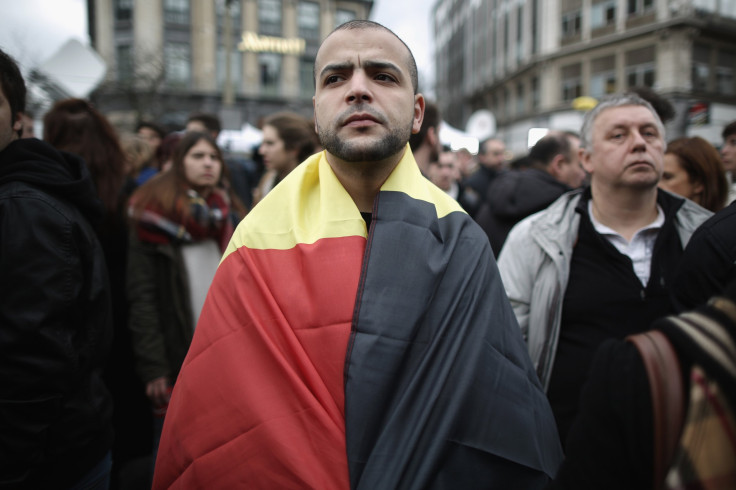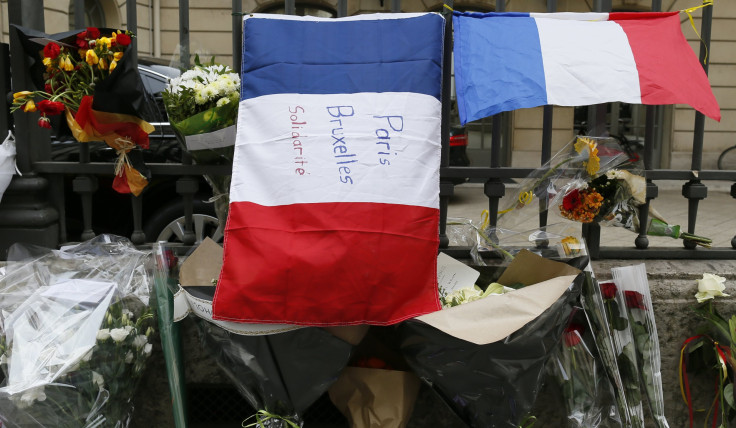Europe Terrorist Attacks 2016: Timeline Of Bombings And Terror Threats Before Brussels

As leaders worldwide warn of a mounting terror threat in Europe following attacks on Brussels Tuesday that left dozens dead, the continent’s history shows it is no stranger to acts of terrorism. From the recent rise of Islamic extremism to decades-old hostilities from nationalist groups, more than 500 people have been killed in terror attacks on European soil in the past 20 years alone.
Targets of terror in Europe include public transportation, schools, summer camps, cafes and restaurants. Children as young as 4 have died in the attacks in the past two decades.
“Terrorists struck Brussels but it was Europe that was targeted — and all the world that is concerned,” French President François Hollande said of the most recent attacks on Brussels.
The events included in the timeline below have death tolls greater than four people each and employed terror as a guerilla tactic aimed at achieving a political end. Attacks committed by groups such as the Irish Republican Army in Northern Ireland or Basque Homeland and Liberty (ETA) militant group in Spain that inflicted high injury counts but no deaths were not included, nor were political assassinations.
Brussels, March 22, 2016: Terrorists who had reportedly pledged allegiance to the terror organization known as the Islamic State group in Iraq and Syria used explosive devices and suicide vests in twin attacks on an airport and a central subway station Tuesday, killing 31 and wounding 300.
Paris, Nov. 13, 2015: At least eight terrorists, several of whom had been trained by ISIS in Syria, descended upon Paris around 9:40 p.m., local time, massacring people in cafes, bars, restaurants, a concert hall and outside a sports stadium. The attack left 130 dead and several hundred wounded, making it the worst assault on French soil since World War II.
“The people who died tonight were outside to live, to drink, to sing. They did not know that someone had declared war on them,” wrote French Charlie Hebdo cartoonist Joann Sfar in series of drawings posted to his Instagram the night of the attacks, which were declared an assault on the French way of life.
Paris, Jan. 7-9, 2015: Parisian-born brothers Said and Chérif Kouachi stormed the offices of satirical weekly Charlie Hebdo in the French capital, opening fire during the journalists’ daily editorial meeting, killing nine staffers in retribution for cartoons the magazine had published of the prophet Muhammad. One police officer died in a manhunt for the brothers. In a separate but related incident, childhood friend of the Kouachi brothers Amedy Coulibaly killed four people in a hostage situation in a kosher supermarket south of Paris just two days later after pledging allegiance to ISIS.
Brussels, April 24, 2014: French-born Mehdi Nemmouche stormed the Jewish museum in Brussels and opened fire on visitors, killing four. The museum reopened in September 2014 as its leadership expressed resilience and a cautious hope.
“Of course, it will be different now,” museum President Philippe Blondin told the BBC. “We carry the burden and weight of this event and this wound will stay with us. It will not be destroyed with time. But we carry on.”

Burgas, Bulgaria, July 18, 2012: Militants reportedly associated with the Lebanese-based terror group Hezbollah bombed an Israeli tour bus in the Bulgarian resort town of Burgas, killing seven and wounding more than 30. While Hezbollah has denied responsibility for the attack, Bulgarian officials said at least two of the men involved had ties to the group.
Toulouse, France, March 11, 2012: Mohammed Merah, 23, carried out a series of shootings, killing both soldiers and civilians in Toulouse and neighboring Montauban in southern France, but his murder of several Jewish schoolchildren particularly shocked both the nation and the world. Merah said he acted to avenge French involvement in an ongoing conflict in Israel and the Palestinian territories, and he shot and killed three children, ages 4, 5 and 7, at a Jewish school.
Oslo and Utoya, Norway, July 22, 2011: White supremacist and self-avowed Adolf Hitler admirer Anders Breivik killed 77 people in a shooting spree and van explosion both in Oslo and at a progressive youth camp in Utoya, off the coast of Norway. Breivik dressed in a police uniform to confuse the children at the camp, slaughtering them by the dozen.

Apeldoorn, Netherlands, May 1, 2009: Dutch national Karst Roeland Tates killed seven people when he attempted to assassinate the Dutch royal family by crashing his car into their vehicle during a parade.
London, July 7, 2005: Four suicide bombers, three on the London underground and one aboard a double-decker bus, detonated explosives during the morning rush hour in the capital city, killing dozens in the worst single assault on British soil. The group of men who carried out the attacks had links to al-Qaeda in Pakistan and Afghanistan, and authorities have not said to what extent the terror network was involved in the planning of the massacre.
Madrid, March 11, 2004: As with many bombings of public transport, the Madrid attacks took place during rush hour to inflict the maximum possible damage. At least 10 bombs exploded killing nearly 200 people, in a reported act of vengeance by al Qaeda supporters for Spain’s involvement in the U.S. war on terror in the Middle East.
“Grief is easy to share, but when it comes to meaning, Spain’s memory of the Madrid train bombings appears fatally tainted by domestic politics; and when one thinks of the magnitude of the tragedy it is almost embarrassing to explain why,” Spanish journalist Miguel-Anxo Murado wrote of the legacy of the attacks in the Guardian.

Omagh, U.K., Aug. 15, 1998: A bomb in the center of the town of Omagh in Northern Ireland exploded killing 29 people. Seamus Daly, a man with connections to the group calling itself the Real IRA was found liable in a civil suit and then officially arrested in 2014 and charged with the 29 counts of murder.
Paris, 1995-96: A terror group known as Armed Islamic Group of Algeria, which sought to establish a caliphate in its home country, carried out at least four bombings on the Paris metro system in the span of two years, killing 12.
Oberwart, Austria, Feb. 18, 1995: A roadside pipe-bomb concealed in a placard that read, “Gypsies go back to India,” killed four people. All of the victims were members of the Roma ethnic minority group that was among those targeted by the Nazis during World War II. A lone neo-Nazi was convicted for the crime five years later.
© Copyright IBTimes 2024. All rights reserved.





















